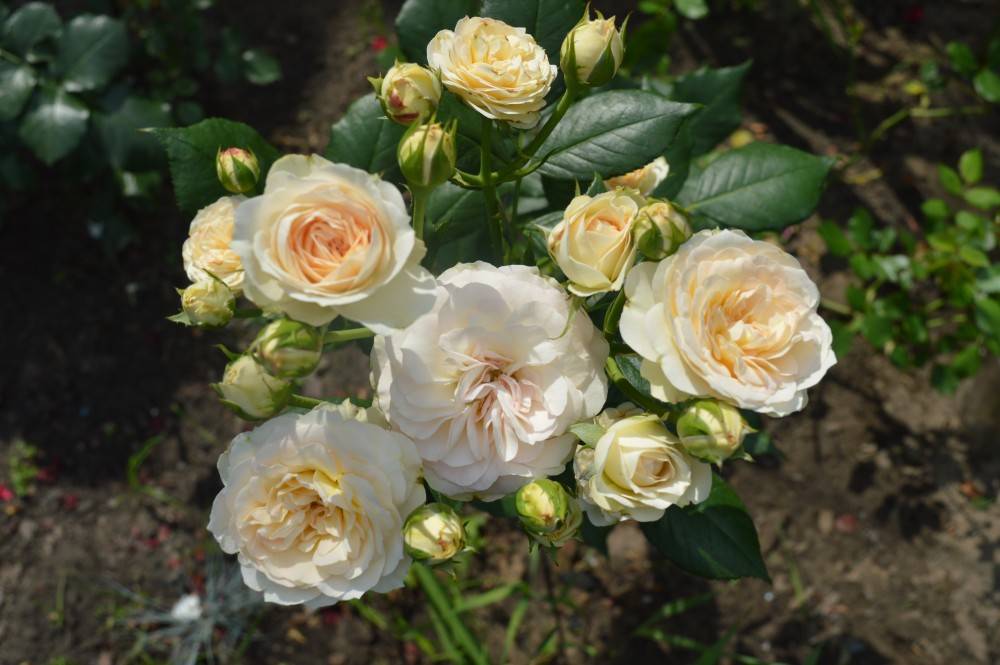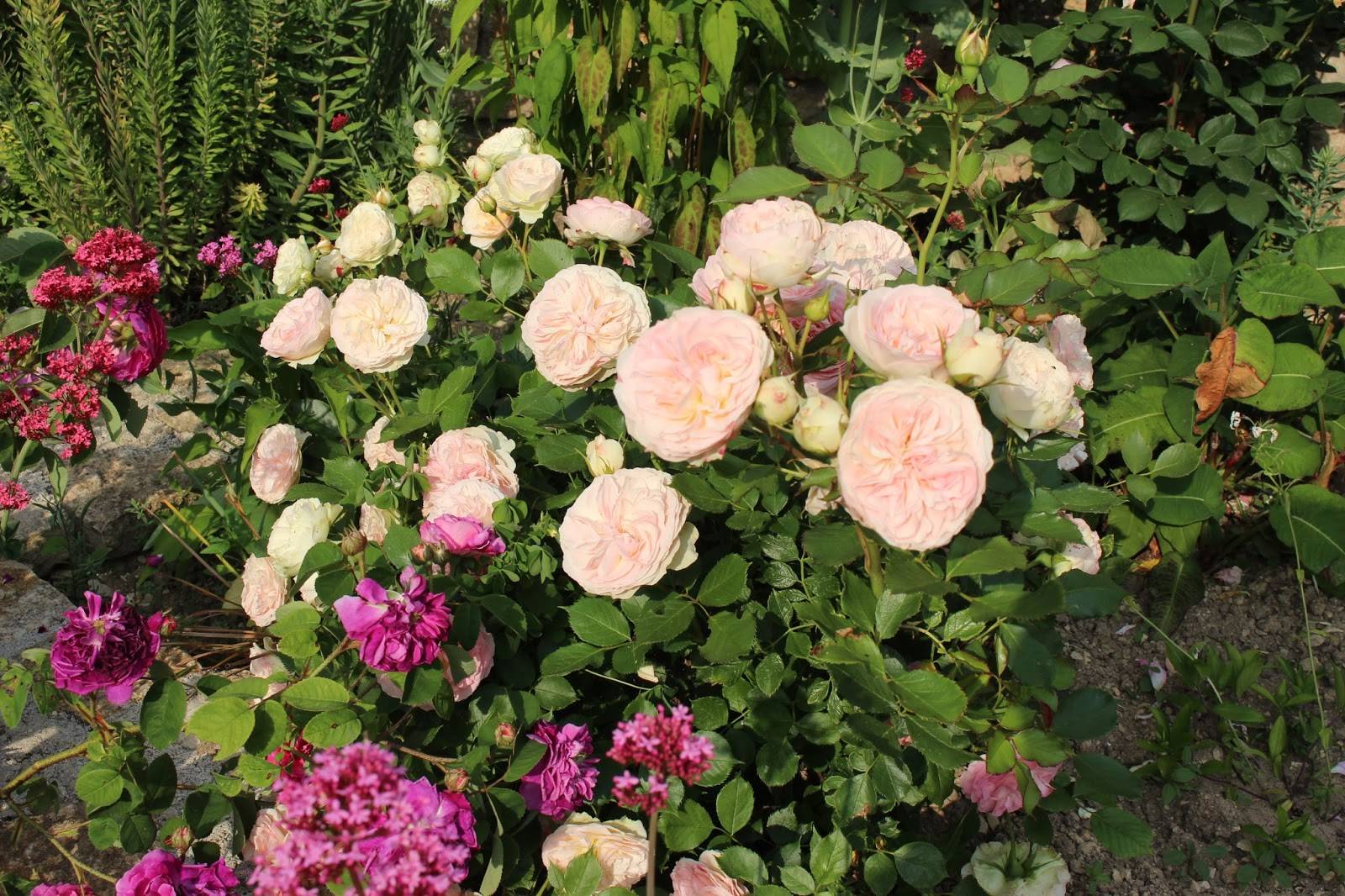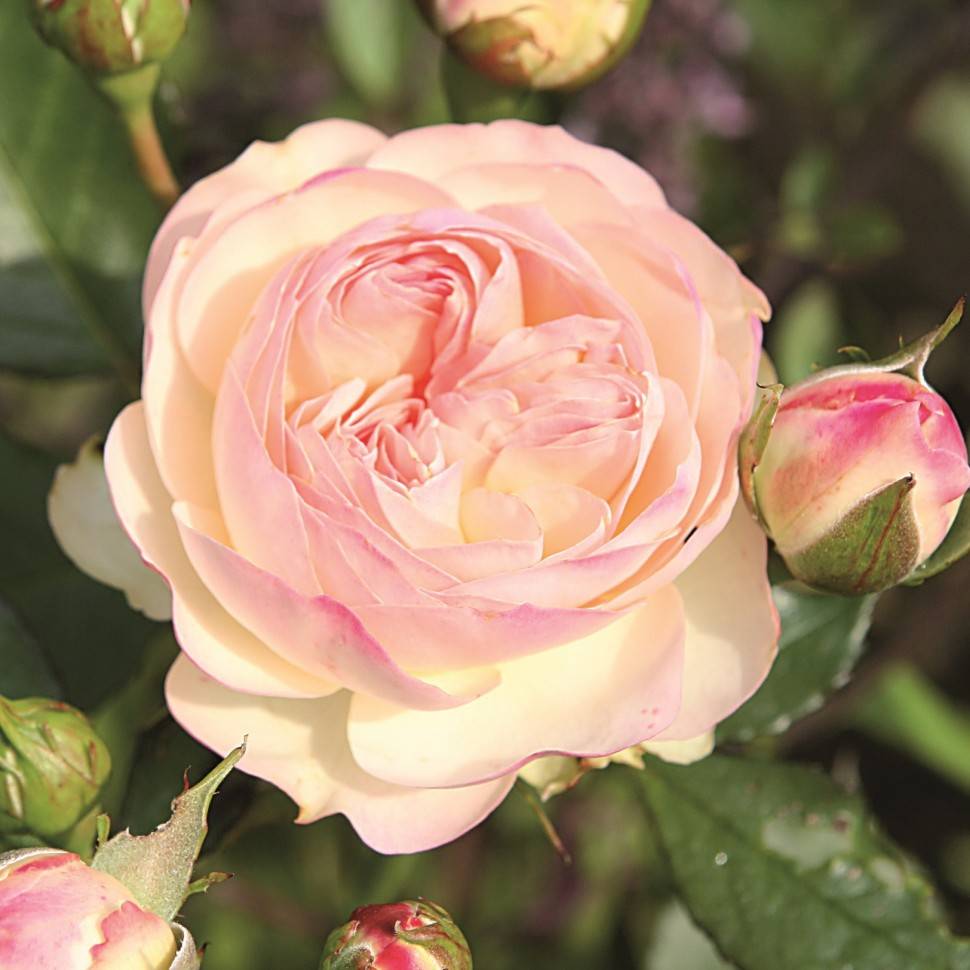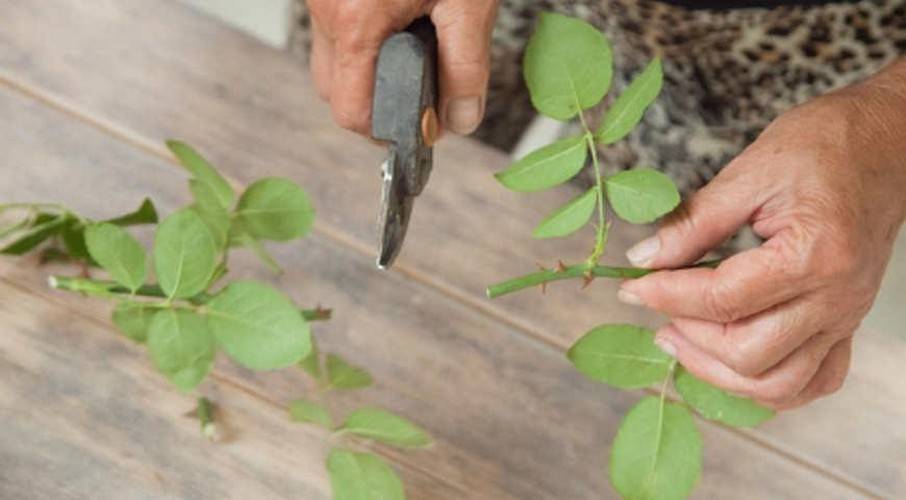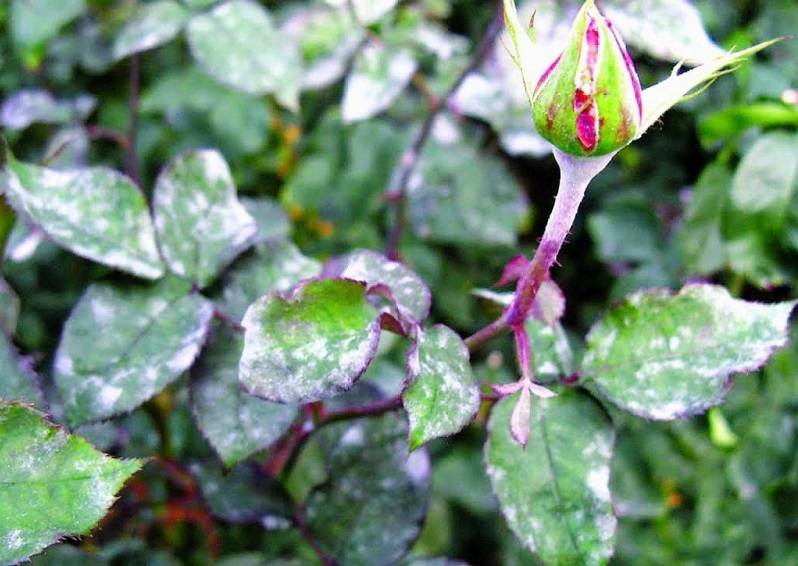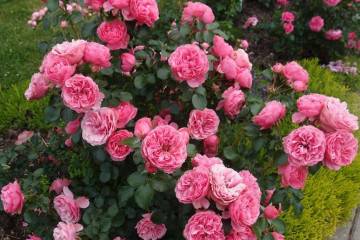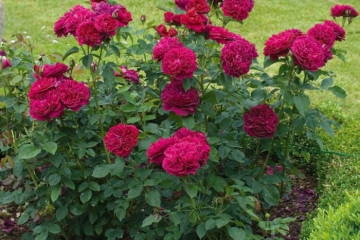Rose Pastella (Pastella) - description of a profusely flowering variety
Content:
In a classic or romantic garden, roses with buds of pastel shades look beautiful. They are dim, but they attract attention precisely by their discreet beauty. Below is information on growing Pastella rose - a plant with delicate pink petals.
What is this grade
Rosa Pastella was bred by German specialists in 2004. It belongs to the floribunda group.
Description and characteristics
The shoots of Pastella reach a height of 60-80 cm. The diameter of the crown is about 40 cm. The cup-shaped flowers are creamy white at first, then they acquire a pink tint, and by the end of the growing season they become white.
The diameter of the flowers is 6-8 cm. They are collected in racemose inflorescences. During the budding period, a subtle, delicate aroma emanates from the bushes. Floribunda Pastella rose is able to bloom again.
Advantages and disadvantages
The virtues of culture include the following characteristics:
- unpretentious care;
- compactness;
- abundant flowering;
- high immunity;
- frost resistance.
The disadvantages include the fading of flowers when exposed to sunlight in a hot afternoon.
Use in landscape design
Pastella belongs to undersized varieties, so it is better to place it in the foreground in the composition. It can also be planted singly against the background of a lawn, used as a curb along a garden path.
A pastel rose in a large container, displayed on a veranda or porch, will look beautiful.
Growing
It is not difficult to grow a culture on the site. It is only necessary to correctly carry out agrotechnical measures.
Well-developed seedlings are suitable for planting. They must be healthy and free of signs of disease. The better the root system is, the easier the bushes will take root.
A rose purchased with a closed root system can be planted without interruption from spring to autumn. If the roots are open, then they start planting in spring or autumn. Late-planted bushes are carefully covered for the winter.
Seat selection
The rose prefers to grow in a place protected from cold winds. It should be planted in a well-lit, but shaded place at noon. The peculiarity of the pastel rose is that its delicate flowers fade from the hot rays of the sun.
How to prepare the soil and flower
Plant residues are removed from the site, the soil is dug deeply. Peat, humus, sand are added to heavy soil. If the soil is too light, it is made heavier with loam. If this is not done, water will quickly evaporate from the soil, and the root system will suffer from a lack of moisture.
Shoots and roots are slightly pruned before planting. If the seedlings have been transported for a long time, they are placed in a container of water for several hours.
Planting procedure step by step
Plant a rose on the site as follows:
- Dig a hole 60 x 60 x 60 cm.
- Drainage is laid out at the bottom, then a layer of organic fertilizer.
- Fertile soil is poured.
- A seedling is placed in the middle, covered with a substrate.
- Sprinkle abundantly with water.
Plant care
Crop care consists in watering, feeding, pruning faded buds. The weeds around the bushes are removed as it will take away food from the plants. In addition, weeds can be carriers of diseases and pests.
Watering rules and humidity
The bushes are irrigated in the morning or in the evening. Watering frequency depends on weather conditions. Do not allow the soil to dry out too deeply. If the summer is rainy, you do not need to water the ground additionally.
Top dressing and soil quality
Nutrients are introduced into the soil several times per season. In early spring, the soil is fed with nitrogen, in summer - with phosphorus and potassium. After the first wave of flowering, a complex mineral composition can be applied. In the middle of autumn, potassium is introduced, which contributes to the successful wintering of spray roses.
Pruning and replanting
In spring and autumn, dry, diseased branches are cut. In addition, during spring pruning, healthy shoots are shortened to 15-20 cm. In summer, faded buds are removed. If there is a need to transplant bushes, it is done in spring or autumn.
Wintering features
With the onset of cold weather, sanitary pruning is performed. Then they spray the bushes and the ground under them with copper-containing preparations, for example, Bordeaux liquid.
The root circle is sprinkled with mulch. In cold regions, a frame is made above the plants, which is covered with agrofibre.
Bloom
Pastella petals are painted with a delicate pink palette. The intensity of the color depends on the intensity of the sun's rays.
A period of activity and rest
The flowering of the Pastila rose, as it is also called in Russia, begins in late spring. Then there is a short break. The bushes are gaining strength, after a while the second wave of flowering begins.
Care during and after flowering
Plants need careful care during flowering: they are watered, the soil is loosened, and faded buds are removed. After flowering, the bushes are fed. New shoots will soon begin to form from the side buds.
What to do if it does not bloom
The reasons why a rose does not bloom may be as follows:
- the bushes are too young. In the year of planting, the rose may not form buds. The next year, inflorescences will begin to form on the plants;
- the bushes are too old. Shoots begin to lignify, nutrients cannot make their way to the top. Old branches need to be cut periodically;
- the presence of diseases and pests. The bushes are examined, and if they have been subjected to various misfortunes, they are treated with the necessary preparations;
- not the right place. If the soil is poor or the shrubs are planted next to competing plants, the roses may lack nutrition. They are transplanted to a more suitable place.
After identifying and eliminating the causes, the flowering of the rose will definitely recover.
Flower propagation
You can propagate a rose on the site by cuttings, layering, grafting.
The rose is propagated by cuttings in spring or autumn, by layering mainly in summer. Inoculation by budding is carried out from spring to mid-autumn.
The easiest way to propagate Pastella rose is cuttings. The procedure is carried out as follows:
- Cut strong shoots about 15 cm long.
- Placed in a container with a root formation stimulant.
- Placed in a container.
- Cover with a glass transparent jar.
When the cuttings are well rooted, shoots will begin to form from them, which means that they are ready for transplantation to a permanent place.
Diseases, pests and ways to control them
Rose Pastella can be affected by powdery mildew, rust, gray mold. This can happen due to improper care. The affected parts are removed, the bushes are treated with fungicides. For prophylaxis in the spring, the rose is sprayed with Bordeaux liquid.
Of the pests, plants can infect aphids, spider mites, and rose sawfly. If harmful insects are found, the bushes are sprayed with insecticides.
Pastella is a rose variety with flowers of a pale pink color. The bushes are compact and easy to grow. With proper care, the flowering of the culture begins at the end of May, then, after a short break, it resumes. You can admire the beautiful inflorescences almost until the frost.
